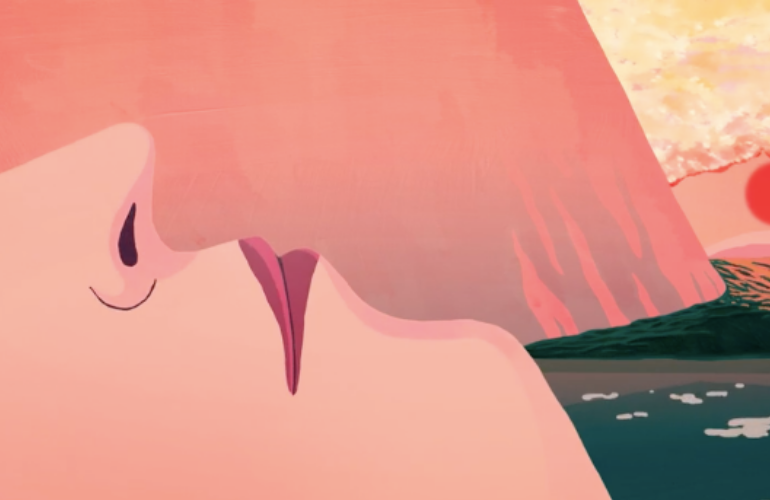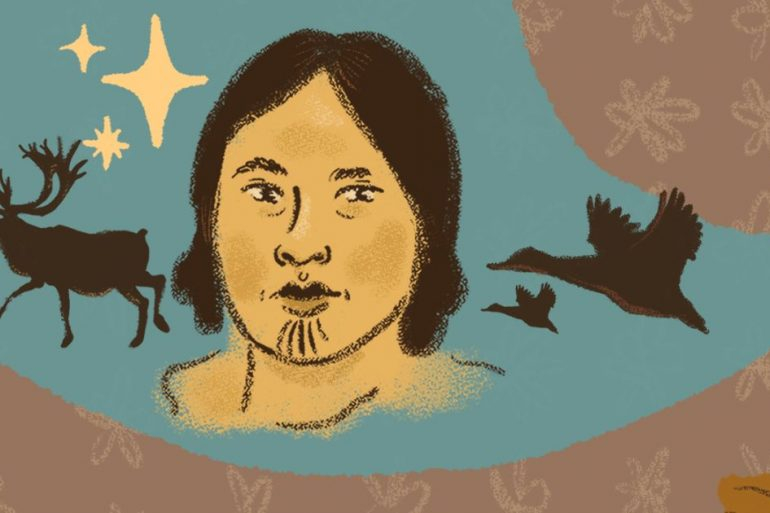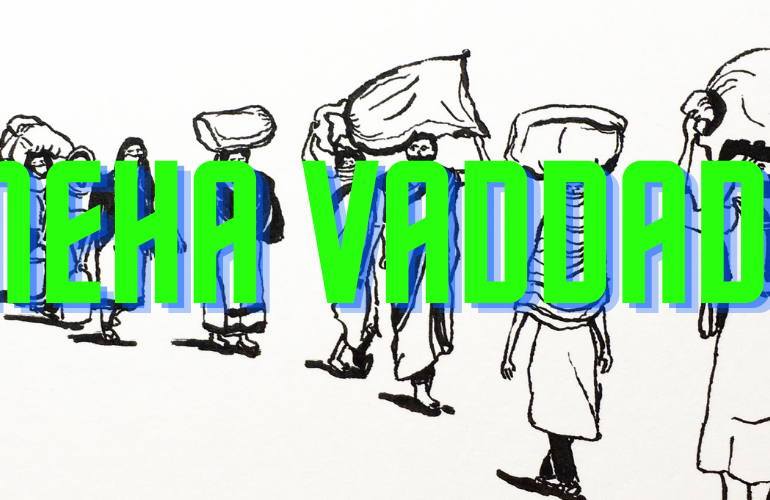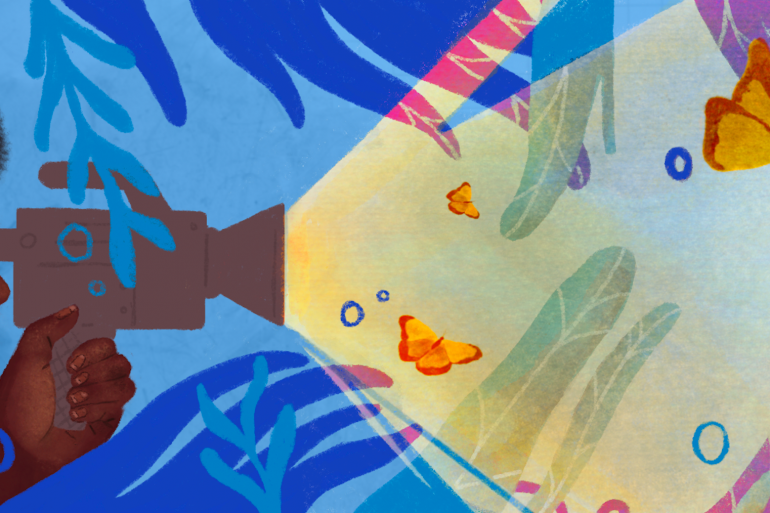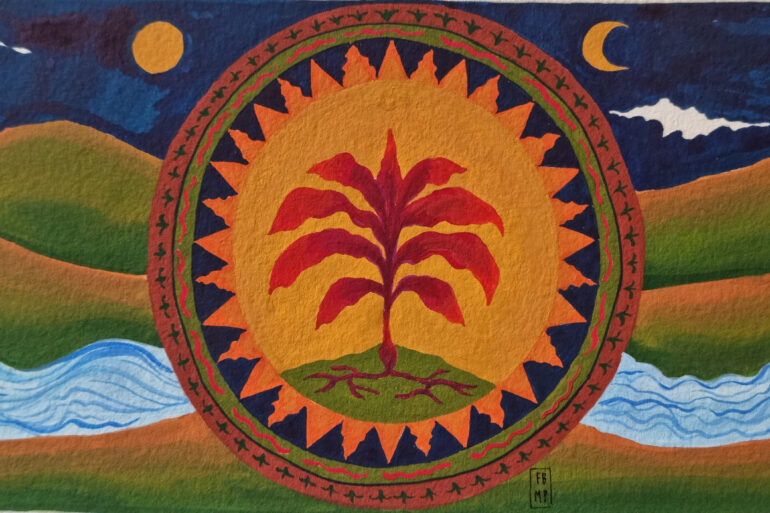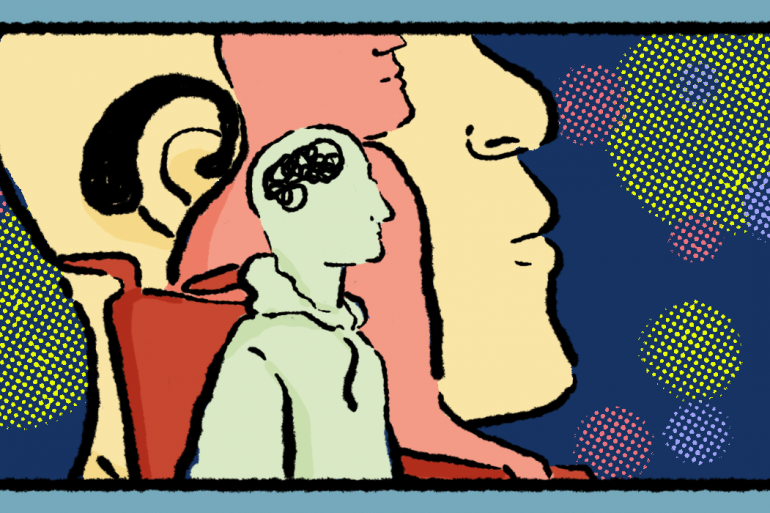What do you picture when you think of a remote island? Golden sands and clear blue waters?
This is the romantic vision we’re sold. Lastminute.com describes islands as “great destinations for holidays to escape the daily hustle and bustle of urban life.” But for governments and corporations, it can also be an escape from morality: far away enough to test nuclear weapons; small enough to force out an entire Indigenous people; or inconspicuous enough to dump and burn industrial waste.
Teshima is one of these idyllic remote islands. Located in the Seto Inland Sea, it is home to 760 residents across its nine square miles. Agriculture and tourism are its main industries, with rice, olives, strawberries and citrus fruits grown on the island. Residents boast of its beauty. But it has taken over 30 years of their tireless campaigning for this natural beauty to be restored.
“Garbage island”
In the 1980s, almost one million tons of industrial waste was dumped on Teshima’s western tip, in the worst case of its kind in Japan’s history.
It began when a company, which misleadingly called itself Teshima Comprehensive Tourism Development, submitted a request to the local government to import waste into Teshima.
The governor of Kagawa, the local prefecture, signed the deal without the residents’ approval. This then allowed the company to import and dump paper sludge, food waste, wood chips and livestock faecal matter.
However, the pollution didn’t stop there. Teshima Tourism started to import toxic waste which had not been agreed upon. This included slag from copper refining, waste oil, and shredder residue from crushed vehicles. These materials often contained heavy metals such as mercury and lead, which began poisoning the land and the surrounding sea. The waste was also burned, sending plumes of acrid smoke into the air. Residents complained of sore eyes, and children developed asthma. The governor, however, took no action.
Abandoned by those that had sworn to protect them, residents banded together to start a campaign. They held rallies at the local government – in what was the islanders’ first ever protest – demanding action against the governor and the contractor.
In 1990, the local police finally made the governor acknowledge the government’s mistakes and halted the contractor’s operations. But this left a huge amount of industrial waste on the island. So the residents resumed their campaign, this time to get the waste removed. They collected signatures for six months from residents of neighbouring islands. They held talks across the rest of the prefecture to get citizens onboard, visiting residents door-to-door, and holding thousands of meetings and events.
They protested outside the local government office for 150 days. The physical demands of the campaigning and the pushback they received was exhausting, with residents reporting being bombarded with calls criticising the campaign. It took another ten years of campaigning to reach a settlement with the government to agree to clean up the waste, and a further two decades for them to complete its removal.
Government funding for the clean-up project ended last year, but the residents aren’t letting this history be forgotten. In April, I spoke to Usaginingen, an audio-visual performance duo who have been living on Teshima for the last eight years.
Art as activism
Usaginingen comprises husband Shin and wife Emi. After getting married in Tokyo, they spent time in Berlin where they first started merging visual arts with music. “We always intended to create works that show respect for nature, animals and humans,” Shin tells me. Usaginingen was their way to do this.

They’re continuing their intention at this year’s Flatpack Festival in Birmingham. ‘A Black Kite – Pulsation of Souls’ focuses on the dumping of waste on Teshima. It uses Shin’s fold-down percussion kit and Emi’s handmade video machine to project various images by using prisms, ink, beads and other materials. The live drums, strings and sampled sounds oscillate between harmony and discord against the backdrop of projected colours, lights and shadows as an interpretation of Teshima’s events.
As Shin tells me: “the piece represents the clash of human egos as seen by animals against the waste dumping that has affected our island. With striking visuals and a haunting soundscape featuring custom instruments, the film depicts the harsh reality of environmental abuse and the soul’s thirst for redemption.”
Shin grew up in Kagawa around the same time as the waste was being dumped. But it was not until 2014, when the couple were looking to move back to Japan, that they became aware of its history. During a Setouchi island-hopping trip, Shin was invited on a tour, which was led by one of the residents involved in the campaign. This was when their interest was piqued and their research began – and it still informs the work they’re making today.
“During the production process of our performance of ‘A Black Kite,’ we interviewed islanders involved in the waste issue to hear their stories of that time,” Shin recalls.
But the production had its challenges. Many of the islanders involved in the campaigning had passed away and, according to Shin, those who they spoke to did not say much. “I feel that this tells us that the activities at that time were too tough,” he says. “However, I think it is necessary to tell the history of what was once called a trash island, but is now a very beautiful island.”
It’s clear to me that ‘A Black Kite’ is not just a performance. Oral histories need to be preserved otherwise they risk being forgotten, and art can play a powerful role in this storytelling. Art can also be used as a form of resistance, by helping to raise awareness and to push for change. Shin adds: “We do believe it would be good for the local residents to continue to take pride and pass on that activism.”
Balancing the residents’ pain and trauma with the importance of intergenerational activism is a challenge of many movements, and one that feels close to home. My elders were students in Bangkok during the ‘60s and ‘70s and were involved in the pro-democracy rallies. The student uprising of 1973 led to the end of the military dictatorship and a change in the constitution. But there were violent responses from police and military forces, culminating in the 6th October 1976 massacre in which they killed and lynched over 100 students, and they assaulted, robbed and abused hundreds more. It is a period which my elders do not want to talk about. But it is a movement that we’ve seen continued by this generation of students, with the first wave of pro-democracy protests in Bangkok starting in 2020, and it won’t be the last.
Protecting Teshima
Teshima’s past is a blueprint for the way Shin and Emi live now. The couple have since built a “village-like community” on the island, where they farm from garden and sea to table, powered by solar energy and self-made equipment. “Living in Berlin made me realise that the way we spend money is a way of participating in the systems of the world,” Shin explains. “For example, the choice of food production methods reflects what kind of society we desire.”
Subscribe to shado's weekly newsletter
Exclusive event news, job and creative opportunities, first access to tickets and – just in case you missed them – our picks of the week, from inside shado and out.

I feel that Shin pierces the common rhetoric around food and sustainability, which often only focuses on environmental impact, and he quite rightly frames it as a social issue. We’ve seen more of these conversations over recent years with the rise of the BDS movement for example, which encourages consumers to boycott Israeli products such as fruit and vegetables, because they have actually been grown on stolen Palestinian land. The couple’s recognition of social equity and their inclusion of the community in their initiatives shows what we could achieve if we strived for food justice.
They are also passionate about bringing sustainability to the arts. “Although life in the countryside is rich in nature and food is abundant,” says Shin, “cultural and artistic activities are significantly lacking.”
The couple have converted abandoned farmland into a park and hold artist residencies in disused buildings. Shin tells me this decision was “born out of a desire to breathe new life into underutilised spaces and foster creativity and community interaction in an environmentally sensitive way.” I love how the couple use sustainability not just as the subject of their work, but also as a practice. I am reminded of the Scottish artist Rachel Maclean and her piece ‘Mimi’, in which she depicts consumerism and capitalism in the form of a toy shop. The piece toured last year and was installed in abandoned high street shops across Scotland, which emphasised the impact of consumption and materialism in a tangible, but also surreal, way.
The couple’s five-year-old son, Minagu, was born on Teshima and joined in their performances earlier this year. I ask how they see their work evolving in the future. “We will be in the process of exploring a new style that includes our son,” Shin replies. “The idea is to put environmental protection and any creative activities into practice not only in performance but also in everyday life.”
I find this promising, because it is so important for future generations to learn from the past. Much like the history of student activism in Thailand, we need to not only honour the work of our elders, but also understand how this legacy can be built on in the future.
The future of Teshima
Although the project to remove the waste on Teshima was completed last year, the site hasn’t been returned to residents because the groundwater is still severely contaminated. Purification isn’t likely to be completed for another 10 years. Shin tells me that even if this is completed sooner, “there is still a long way to go, including how to utilise the vast site afterwards.”
What happened on Teshima is not unique, and it is certainly not a thing of the past. For example, of the 15 million items of second-hand clothing that Ghana imports each week (known locally as obroni wawu or “dead white man’s” clothes), 40% becomes waste and is taken to landfill, informal dumping grounds, burn piles or dumped in the sea. This has led to the Korle Lagoon in Accra becoming one of the most polluted bodies of water on earth. It is not a coincidence that the trade routes of the fast fashion industry’s resources, including materials, manufacturing and labour, can be mapped identically with historical colonial routes. Only 10-20% of the used clothes that you donate to the charity shop gets sold on, the rest follow these routes to be dumped in the Global South.
Mass waste is driven by mass consumption. As individuals, we can pay attention to how we consume. But with just 100 companies responsible for 71% of global emissions, to seriously tackle climate change corporations need to also be held accountable. Otherwise, profits will always come before human rights and the environment. The social justice organisation Global Justice Now explains that there are few ways that citizens can currently hold corporations to account for their behaviour. Instead, through trade deals like the one made on Teshima, “it is corporations which are able to demand that governments do their bidding.”
However, as activists, our efforts do matter. We should be inspired by the residents of Teshima because civic activism has the power to make change, at a local and international level. In 2006, the borough of Tamaqua, Pennsylvania (USA) became the first community to give nature legal rights – by passing local ordinances to stop toxic waste dumping – even though this challenges state law. The campaign stopcorporateimpunity.org is pushing for international regulation of transnational corporations through the UN, because our governments are failing us.
Through efforts like those above, we can start to break a destructive cycle and leave our planet a little better off than how we found it. When I ask Usaginingen what their hopes are for the future of the island, Shin tells me that they have only one answer. “We want to pass this on to future generations so that our son can be proud of his homeland.”
What can you do?
- See Usaginingen’s performance of A Black Kite – Pulsation Of Souls at Flatpack Festival on Saturday 18th May
- Find out more about Usaginingen, their performance and their work here
- Read Consumed by Aja Barber
- Find out more about Tamaqua’s toxic waste dumping and how the community brought a law which gave the ecosystem rights
- Find out more about Global Justice Now and their campaigns
- Find out more about the Global Campaign to Reclaim Peoples’ Sovereignty, Dismantle Corporate Power and Stop Impunity
- Read other shado articles about art activism here
- Read shado’s Knowledge Page on ‘What is Food Sovereignty’



